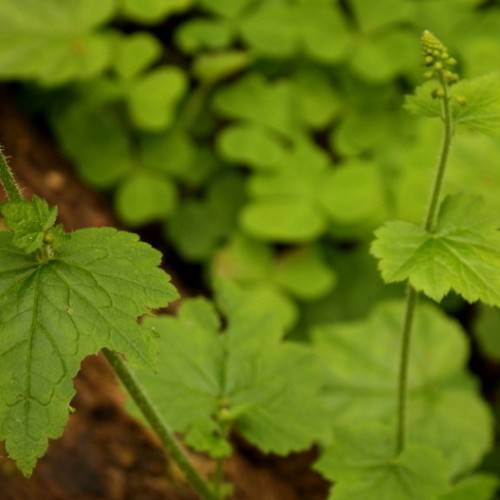
piggyback plant
Tolmiea menziesii
Cycle:
Perennial
Watering:
Minimum
Hardiness Zone:
4
Flowers:
Flowers In Summer
Sun:
Full sun, Part sun/part shade
Soil:
Rocky , gravelly , dry, Well-drained
Fruits:
Fruits Ready In Fall
Leaf:
Yes
Growth Rate:
Low
Maintenance:
Low
Drought Tolerant:
Yes
Care Level:
Medium
watering
Water lemon thyme regularly and deeply, allowing the soil to dry out between waterings. Overwatering can cause the roots to rot, so water only when the soil feels dry. During the warmer months, this may mean watering every 2-3 days, while in cooler months every 10-14 days is adequate. When in doubt, check the soil moisture with your finger, and water only when the soil is starting to feel dry.
sunlight
Lemon thyme (Thymus citriodorus (syn. T. x citriodorus)) thrives best in full sun, meaning around 6 to 8 hours a day. In certain climates, however, such as in dry subtropical regions, partial shade may be preferable. The best time of day for sunlight for lemon thyme is during the cool morning and night hours, avoiding full midday sun, which can lead to leaf burn.
pruning
Pruning Lemon Thyme (Thymus citriodorus) is important to keep it healthy and looking its best. Prune the plant in late spring or early summer, after the last frost of the season. Trim off any dead or damaged stems, then prune back the healthy stems about 1/3 of their length. This will keep the plant from becoming overgrown and maintain a full, bushy shape. For the densest possible foliage, you can also pinch back the stems when they are about 8 inches in length. Pruning is essential to keep the plant healthy and compensate for any ongoing harvesting of the leaves, which can be used to season a variety of dishes.
